
DoD to begin next major phase of military hospital consolidation

Lt. Col. Juli Fung-Hayes (center), a U.S. Army Reserve emergency medicine physician with the 2nd Medical Brigade, leads a medic team from the 396th Combat Support Hospital, headquartered at Fairchild Air Force Base, Washington, through a trauma and critical care scenario in a field hospital during a promotional photo shoot for Army Reserve marketing and recruiting at Fort Hunter Liggett, California, July 18, 2018. (U.S. Army Reserve photo by Master Sgt. Michel Sauret)
FALLS CHURCH, Va. -- The Department of Defense is preparing for the next major step in consolidating military hospitals and clinics under a single agency, one of the largest organizational changes within the U.S. military in decades.
On Oct. 1, the Army, Navy and Air Force begin the final two years of a multi-year transition to shift administration and management of their medical facilities to the Defense Health Agency by October 2021, changes that are "transformational and far-reaching," said Vice Admiral Raquel Bono, the DHA Director.
"For the first time in our modern military's history, a single agency, the DHA, will be responsible for all the health care the Department of Defense delivers to our 9.5 million beneficiaries," Bono said. "Whether you receive your care at an on-base facility or through our TRICARE civilian networks, DHA will oversee your care. This consolidation will drive higher levels of readiness for operational and medical forces and integrate health care services to standardize practices across the entire Department, which means patients will have a consistent, high-quality health care experience, no matter where they receive their care."
The primary driver for this change is the National Defense Authorization Act of 2017. Congress mandated that a single agency will be responsible for the administration and management of all military hospitals and clinics to sustain and improve operational medical force readiness and the medical readiness of military members, improve beneficiaries' access to care and experience of care, improve health outcomes, and eliminate redundancies in medical costs and overhead across three separate Service-run systems. DHA will be responsible for health care delivery and business operations across the Military Health System including budgets, information technology, health care administration and management, administrative policies and procedures, and military medical construction.
Bono said that even though congressional directives mandate this change, "it's the right thing to do."
"We have more than 40 years of independent studies and internal reviews that demonstrate the current structure of the Military Health System is unsustainable," she said. "What makes us unique from other health systems is that we are heavily embedded with combat forces around the world focused on operational medical readiness and the health of our warfighters. The transformational changes underway will improve that focus, support the DoD's priority for a more lethal force, and improve our ability to deliver high quality health care to all of our beneficiaries. Improving medical readiness is the key driver of the overall effort."
During this transition, the quality of care won't change for beneficiaries of the Military Health System. More important, Bono said, is that over time, it will improve that care by enabling changes to improve access, patient experience, and outcomes.
"Ultimately, what this transition means for all of us in the Department of Defense is a more integrated, efficient and effective system of readiness and health, and integration of health care services that leads to a more standardized and consistent experience of care for patients," Bono said. "Central to that is having one agency oversee MTF operations while supporting the Services' effort to focus more on readiness."
Since October 2018, the DHA has been operating eight hospitals and clinics as part of the first phase of what was at first a four-year transition period. In June, the overall timeline adjusted to three years to reduce the amount of duplicative management by the Military Departments and the DHA, said Dr. Barclay Butler, the DHA's assistant director for management and MTF transition head. "The primary driver of that is to measurably and precisely coordinate the reduction of the Military Services' Medical Department support and oversight of the MTFs to the DHA," Butler said. "We want to create a simple and clear transfer of authority that positively impacts healthcare for our patients."
From Oct. 1 of this year through October 2021, the transition will focus on four primary objectives:
- Centralized administration and management: On Oct. 1, all hospitals and clinics in the continental United States transition to the DHA, with the Army, Navy and Air Force medical departments maintaining a direct support role. Butler said this means that while DHA assumes overall management, the existing intermediate commands of the Military Departments will continue management duties until the transfer is complete to ensure uninterrupted medical readiness operations and patient care. The Military Departments and the DHA are currently working out final plans to maintain continuity of operations.
- Establish Health Care Markets: At the center of the reorganization is the creation of health care markets. The DHA will stand up 21 large markets during the transition period to manage MTFs in local areas. A market is a group of MTFs in a geographic area - typically anchored by a large hospital or medical center - that operate as a system sharing patients, providers, functions, and budgets across facilities to improve the coordination and delivery of health care services. "These markets are really key to the entire reorganization," Butler said. "Market offices will provide centralized, day-to-day management and support to all MTFs within each market." Readiness support is at the heart of a market's responsibilities, Butler added, and they will ensure the clinical competency of all MTF providers within the market. The 21 large markets will collectively manage 246 medical facilities and centers of excellence.
- Establishment of a Small Market and Stand-Alone MTF Organization: For stateside hospitals and clinics not aligned to a large market, this office, referred to as SSO, will provide managerial and clinical oversight. As with the large markets, the Military Departments will continue managing the MTFs until they are realigned under the SSO. There are 16 small market MTFs and 66 stand-alone MTFs assigned to the SSO.
- Establish Defense Health Regions overseas: The transition period for standing up Defense Health Regions in Europe and Indo-Pacific begins in 2020. All MTFs overseas would then report to their respective DHA regional offices. The Indo-Pacific region has 43 MTFs, while the European region has 31.
(For a complete list of markets and their assigned MTFs, go to the MHS Transformation web page at www.health.mil/mhstsransformation.)
"Change can be challenging, and this is a complex transition," Butler said. "We will see changes in reporting relationships and communication channels while instituting standardized clinical policies and procedures and business practices. We place a premium on communicating often as we move through this together with the Military Departments."
Bono said that from a patient perspective, these changes should be transparent. "Our patients expect the same high quality care regardless of who is in charge. Doctors, nurses, and technicians will continue to focus on practicing medicine and improving their skills and readiness. In the end, this really is about the patient - integrating into one system will improve readiness for our medical professionals and result in better care and better health outcomes for our patients."
For more on the DoD's medical reorganization, go to the military health web site at www.health.mil/mhstransformation for fact sheets, an informational video, and more articles.
Officials discuss Blanchfield Hospital’s future as transition nears
Article
8/15/2019
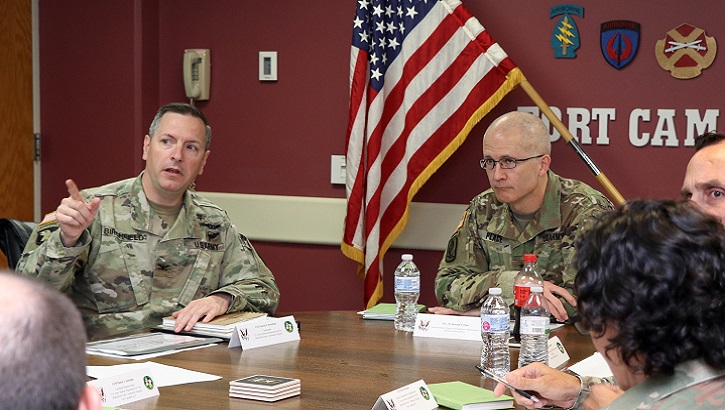
Supporting forces remains the number one priority of the Defense Health Agency
Maxwell AFB’s medical group reorganizes, improves health care
Article
8/9/2019
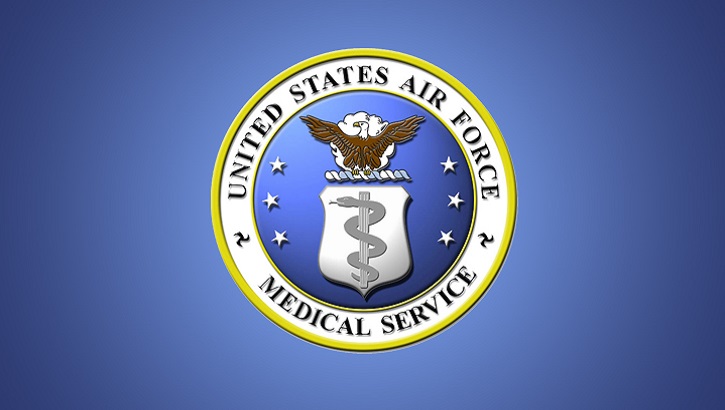
The Air Force Medical Service is transforming 43 military treatment facilities
Military Treatment Facility Transition
Video
7/31/2019

You may have heard about the military treatment facility transition. It's a phase plan for the Defense Health Agency to assume responsibility and management of all military hospitals and clinics. Here's what that means for you.
Madigan pharmacy wait time drops
Article
7/25/2019
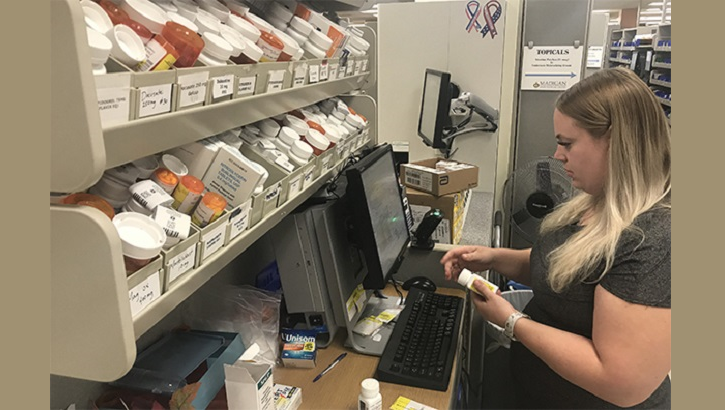
The average pharmacy wait time was between 90 and 120 minutes; now, the average is 20 to 25 minutes
Navy Surgeon General in Europe to discuss readiness and medical health care transition
Article
7/23/2019

There is no greater responsibility than to provide a highly trained medical force
Market Construct
Publication
7/17/2019
Alignment of Hospitals and Clinics by Market Type
Publication
7/17/2019
Puget Sound MHS plans for a joint medical environment
Article
7/15/2019

Puget Sound MHS will transition to Defense Health Agency management beginning on Oct. 1
Air Force Medical Service unveils new model for active duty care
Article
7/2/2019
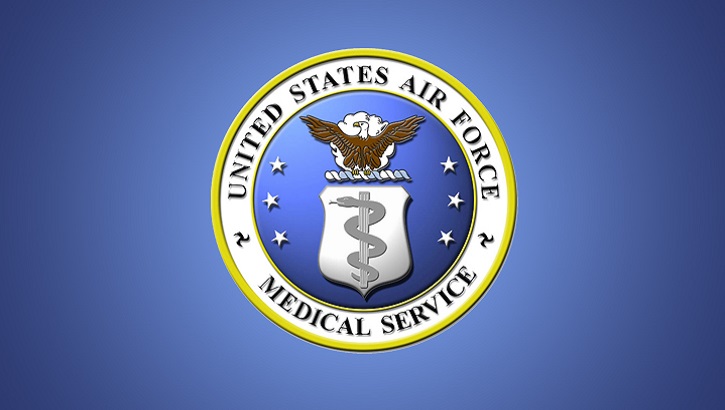
Provider teams were able to holistically treat Airmen instead of waiting for an Airman to seek out care
Army leaders eyeing BACH's transition to Defense Health Agency
Article
7/1/2019

Efficiency is a big part of what DHA is after, improving efficiencies across all three of the services
DHA director visits Tyndall
Article
6/11/2019

The goal for the DoD switching administration to DHA is a more integrated, efficient and effective system of readiness and health
DHA director discusses healthcare transformation at town hall
Article
5/24/2019
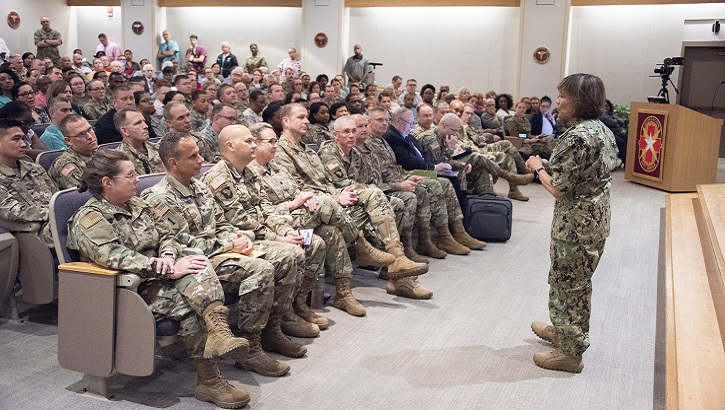
We have the potential to create the very best healthcare system ever
Medical center set to transition to Defense Health Agency
Article
5/21/2019
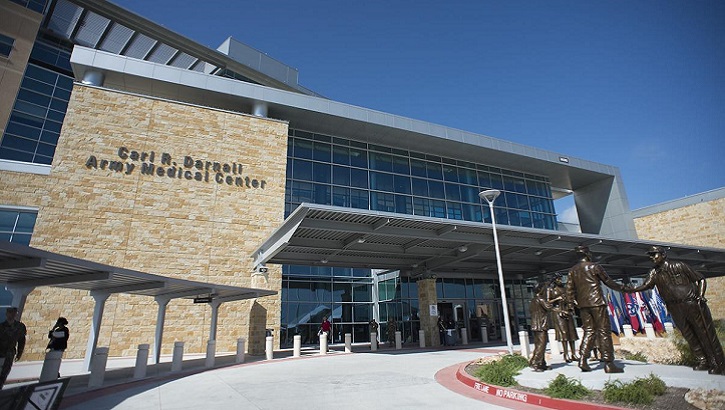
The transition seeks to ensure that medical facilities continue to deliver safe, quality care
Navy surgeon general addresses transition during visit to pacific northwest
Article
4/30/2019
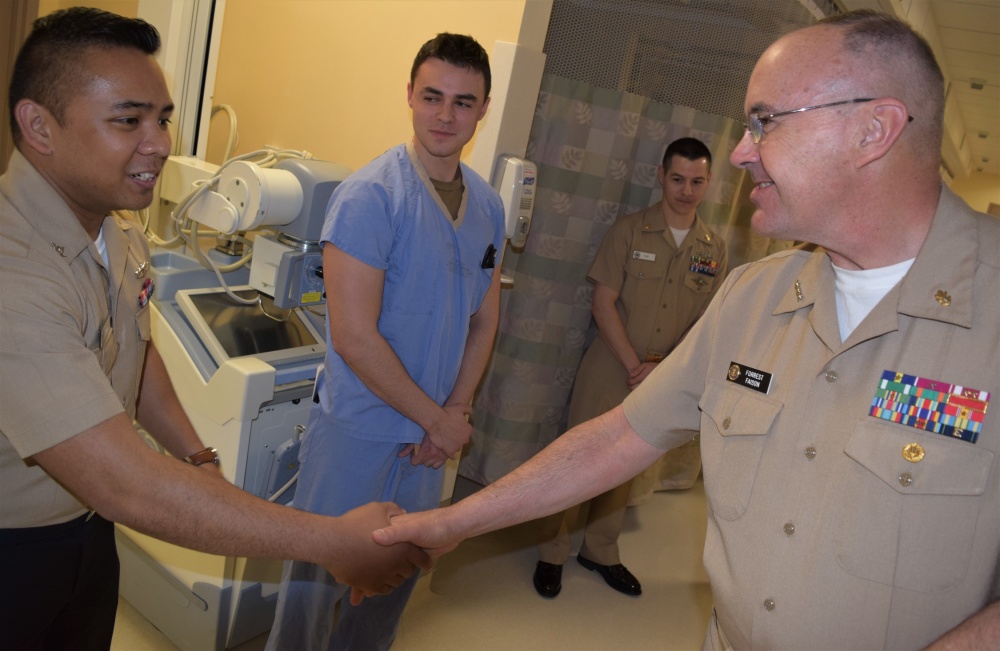
Navy Medicine and military medicine is in the midst of immense change and transition
Changes coming to military medical treatment facilities
Article
4/22/2019
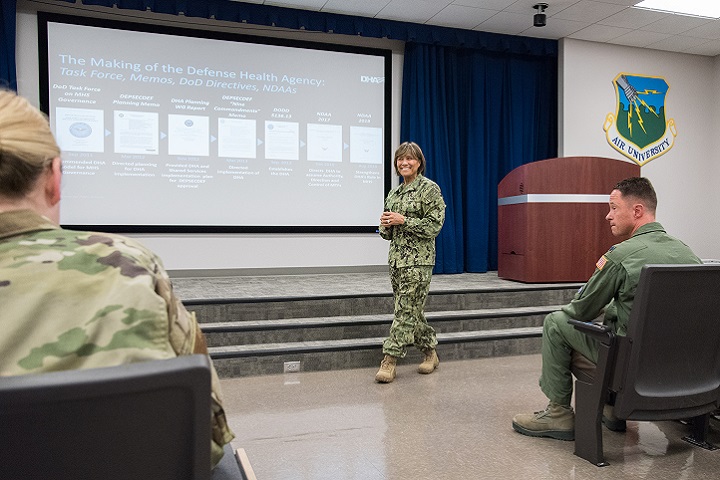
The DHA is as committed to the Air Force as the Air Force is to the DHA





















.png)









No hay comentarios:
Publicar un comentario